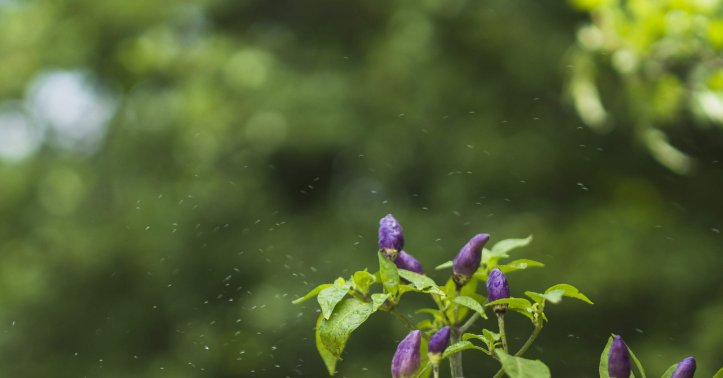
Spread greenery during monsoons
We in India are blessed with lovely monsoons in most part of the country. This is probably why there are many monsoon songs in various genres and languages as after the scorching heat monsoons are indeed most welcome and awaited eagerly. There are some ragas also based on the monsoons. Apart from music, there are many people eagerly waiting for this season to revive their kitchens and yes, gardens too. This is also a great group activity that one can include in group meetings. With such a blessing, we all need to do our best to ensure we become a part of this joyous season. This does require a bit of knowledge too of course and we need to learn a little to make the most of this season. This is not very difficult but does require dedication of time and an intent to learn eagerly. With many organizations eager to help us, it is even easier than it was before. In fact, this is indeed one of the plus points of the global revolution that has taken over keeping ecology safe and striving to make it better in all areas. Again, all it requires from our side is eagerness and passion with which green fingers naturally sprout.
The monsoon season is an excellent time to spread greenery, as the abundant rainfall and humid conditions promote plant growth. Here are some effective ways to enhance greenery during the monsoons:
1. Tree Plantation
Choose native species (e.g., Neem, Peepal, Banyan, Ashoka) that thrive in monsoon conditions.
Plant saplings in parks, roadside areas, and open spaces.
Community-driven initiatives can help organize mass plantation drives.
2. Grass & Ground Cover
Grass seeds can be sown in open areas to prevent soil erosion.
Use fast-growing ground covers like Aparajita (Butterfly Pea) or Durva grass to stabilize soil.
3. Vertical & Rooftop Gardens
Utilize vertical planters or green walls with monsoon-friendly plants like ferns, money plants, and mosses.
Start rooftop gardens with vegetables (spinach, mint) or ornamental plants.
4. Rainwater Harvesting for Greenery
Collect rainwater in barrels or pits to sustain plants post-monsoon.
Use permeable pavements to allow water seepage and support underground plant roots.
5. Urban & Terrace Gardening
Grow monsoon vegetables (okra, cucumber, brinjal) in pots or kitchen gardens.
Plant flowering species like Hibiscus, Marigold, and Jasmine that bloom well in rains.
6. Mangrove & Wetland Restoration
In coastal areas, support mangrove plantation to prevent erosion and support biodiversity.
Revive ponds and wetlands to naturally boost green cover.
7. Composting & Mulching
Use organic compost from kitchen waste to enrich soil.
Apply mulch (dry leaves, straw) to retain moisture and prevent weed growth.
8. Awareness & Community Participation
Organize workshops on monsoon gardening techniques.
Encourage schools and offices to adopt green patches.
Best Monsoon Plants for Greenery:
Trees: Bamboo, Gulmohar, Jamun
Shrubs: Hibiscus, Ixora
Creepers: Money Plant, Betel Leaf
Vegetables: Spinach, Coriander, Turmeric
By leveraging the monsoon’s natural irrigation, we can significantly boost green cover, improve air quality, and prevent soil erosion.
By Jamuna Rangachari








